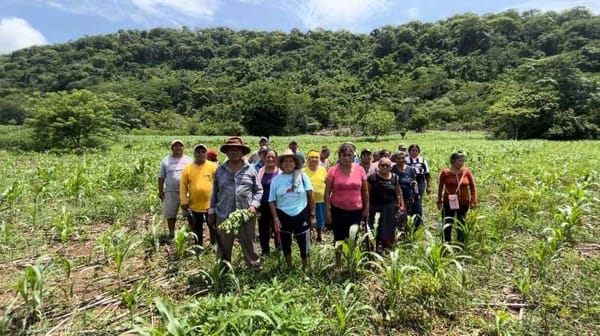Social metadata is an important element of digital preservation
Safeguarding Web 2.0 content should be one of the main objectives of information institutions. Get to know more.

An increasingly growing and significant part of human communication in the sectors is generated through social media, considered Data Preservation specialist Arien Gonzalez Crespo. Given this, safeguarding Web 2.0 content should be one of the most important objectives for information institutions today, she added while participating in the inaugural conference of the "International Congress on Metadata", organized by the Institute of Library and Information Research (IIBI).
In his presentation, the also collaborator of the Daniel Cosío Villegas Library of El Colegio de México said: Academics and researchers in general, journalists, journalists, politicians, economists, business people, market scholars, lawyers, public officials, and teachers, among others, recognize the importance of communication in social networks as primary sources of information.
González Crespo commented that for libraries and archives to leave aside these bodies of information and social memory would mean, in the not too distant future, being left out of the most important dialogues of contemporaneity and ceasing to serve their historical function. That is to say, as repositories of knowledge, memory, and spaces for the accumulation of the documentary footprint of human beings.
Preserving Web 2.0 or social media, "is also one of the most difficult and least known jobs in our environment". For hundreds of years, libraries and archives have been prepared to deal with concrete, tangible material objects "from a position of intellectual authority over their care and representation".
In those enclosures, it is not uncommon to find among the donations of researchers manifestations of social media such as screenshots or transcripts from Twitter, Facebook, Instagram, and so on. From Data Science, methodologies for its study are developed and disseminated, even from the academic libraries themselves, he added.
The results of the analysis of data from social networks analyzed as Big Data, often have high economic value in the market, so successful media companies became millionaires.
Arien González pointed out that preserving the information derived from socio-digital networks "appeals to the poetic sense of trapping the fleeting moment and all the suggestions of eternity that they contain; since its beginnings, digital preservation has started from the question: what should be preserved". Undertaking this task is not an option, but an obligation.
As part of the digital safeguarding of content in social media, working with metadata is another of the blank spaces in the scientific production of our field. Social media are the set of Internet-based applications or mobile devices that allow users to form online networks or communities, although according to scholars, Web 2.0 and social media are treated as synonyms.
The object of interest and support
Another reason identified for institutions not working with social metadata is that they consider it unnecessary or useless. Among the motivations for working with this information is to obtain different points of view, create a presence in the digital space, increase public participation and understand their interests.
Among the challenges for memory institutions, they must accept the contribution of other sectors in the preservation system; identify social metadata as an object or part of digital preservation; build the necessary knowledge to address this reality based on a change of thinking toward the future; develop adequate infrastructure, tools and/or systems, in addition to considering ethical issues and rights.
In short, social metadata is an object of interest and support for digital preservation. Therefore, the knowledge and tools to work with them must be developed, in addition to generating the legal frameworks and public policies to make digital preservation possible.




